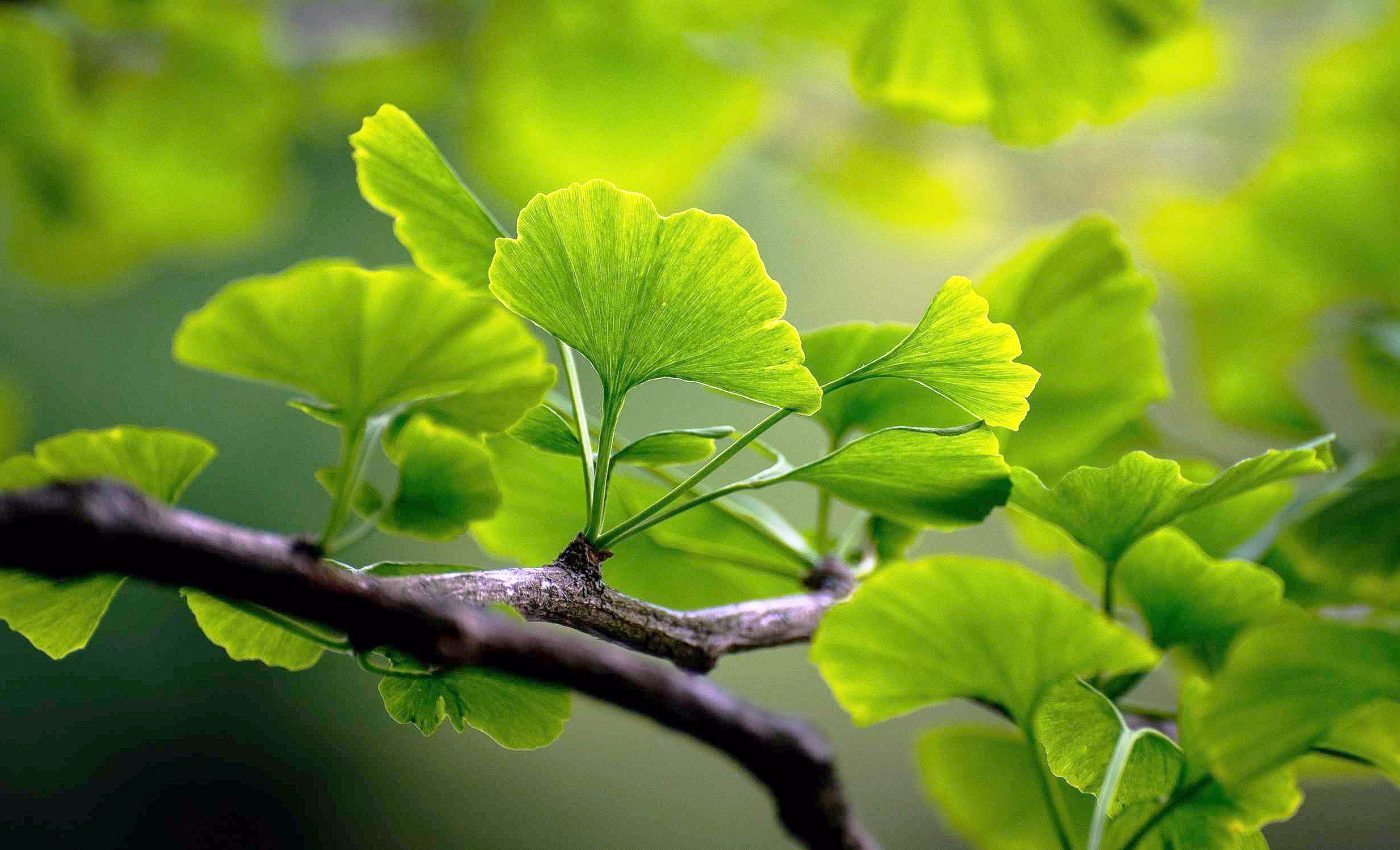
Leaves from this popular tree may improve circulation and prevent blood clots
Varicose veins bulge and twist across the calves of up to 30 percent of adults, a reminder that blood sometimes pools instead of flowing home to the heart. When sluggish blood flow lingers, clots can form and, in rare cases, travel to the lungs or brain.
Centuries ago physicians in China brewed teas from Ginkgo biloba leaves to sharpen memory. Today researchers wonder whether the same ginkgo leaves might support weary leg veins and cut the risk of small, yet dangerous, blood clots.
Why circulation can falter
Blood rising from the feet must fight gravity, and faulty valves can leave veins stretched and valves leaky. The lingering pressure distends vein walls, encourages inflammation, and slows platelet aggregation, the first step toward clotting.
Slow venous return creates the setting for deep‑vein thrombosis as well as the aching, throbbing symptoms many patients feel after a day of standing.
That overlap has pushed vascular specialists toward plant‑based compounds that might tone the vein wall and limit sticky platelets.
After logging stroke cases at Xuanwu Hospital in Beijing, neurologist Xiangqian Huang of Capital Medical University began probing ginkgo’s effects on clot behavior in the brain, work that now informs leg‑vein research.
Ginkgo leaves and blood flow
Ginkgo extract made blood platelets less sticky when triggered by one type of chemical but didn’t have much effect when triggered by another.
Dr. Xiangqian Huang and the team also noticed that blood took slightly longer to clot after treatment with the extract.
The leaf contains natural compounds that seem to interact with enzymes responsible for forming clots.
In a 2025 animal study, researchers found that ginkgo reduced damage inside blood vessels in rats with clotting problems and slightly increased the time it took for their blood to clot.
Insights from a Beijing stroke ward
Huang’s real‑world study followed 99 patients for five days. Among stroke survivors who received ginkgo plus baby aspirin, arachidonic‑acid platelet aggregation fell more than in peers on aspirin alone, while major bleeding did not rise.
Minor nose or gum bleeds surfaced in four of thirty‑three combination patients, a signal that enhanced anticoagulation deserves monitoring. No severe hemorrhages occurred, suggesting short‑term safety when doses stay low.
The design also enrolled participants with internal jugular venous stenosis, a group whose clots mirror those in leg veins.
In that arm ginkgo alone curbed blood platelet stickiness within 24 hours, and the effect held steady through day five.
Aspirin, ginkgo, and blood clots
A team of scientists led by Christopher Gardner from Stanford Department of Medicine examined the potential adverse effects of concomitant aspirin and Ginkgo biloba on blood platelet function after giving the duo to older adults for four weeks. The worry was that the herbs might blunt or boost common drugs.
Gardner and colleagues detected no dangerous bleeding, yet laboratory tests showed additive platelet inhibition, suggesting that low‑dose pairings could protect high‑risk patients who cannot tolerate stronger pharmaceuticals.
Doctors, however, should adjust regimens around surgeries or when other blood thinners enter the mix.
Because the leaf targets arachidonic‑acid pathways that aspirin already touches, the partnership makes pharmacologic sense.
Still, anyone taking nonsteroidal anti‑inflammatory drugs should discuss timing and dosage to avoid stacking identical mechanisms.
Helping legs feel lighter
Deep veins are not the only place where endothelial cells detach under strain.
In a classic double‑blind trial, scientists found that a capsule combining ginkgo, troxerutin, and heptaminol cut circulating endothelial cell counts by 14.5 percent in patients with chronic varicose veins, placebo achieved only 8.4 percent.
Endothelial cells are early barometers of vein injury, so their decline hints at real structural healing.
Participants also reported reduced ankle swelling and night cramps, benefits echoed by later Russian and Italian studies that tracked leg circumference.
Modern phlebology still relies on compression stockings and laser ablation, yet many sufferers ask for gentler first steps.
A standardized ginkgo formula, already licensed for vascular disorders in parts of Europe, may slot neatly between lifestyle changes and invasive procedures.
Blood clot prevention with ginkgo
Yang’s rat data showed lighter clots, higher nitric‑oxide levels, and longer clotting times after gavage with 60 milligrams per kilogram of extract.
Nitric oxide relaxes vessel walls and counters platelet stickiness, aligning with human data from stroke and vein clinics.
Network‑pharmacology maps place AKT1, ALB, and TNF at the center of ginkgo’s target web. Those same genes regulate inflammation, suggesting that the tree’s reach extends beyond platelets to the very lining of our veins.
Because oxidative stress weakens venous valves, the antioxidant side of the extract warrants equal attention.
Flavonols scavenge free radicals, potentially slowing the progressive dilation that makes early spider veins blossom into rope‑like cords.
Talking with your doctor
Ginkgo supplements crowd store shelves, yet extracts used in clinical trials are highly standardized. Look for EGb 761 or products specifying at least 24 percent flavonol glycosides and 6 percent terpene lactones.
Patients on warfarin, direct oral anticoagulants, or upcoming dental work should alert their clinicians before starting any form of ginkgo.
Health professionals may stagger doses, check clotting labs, or advise pausing the herb to keep bleeding risk low.
For those with aching calves and a family history of clots, discussing ginkgo as an adjunct to compression or low‑intensity exercise could make sense.
Evidence remains preliminary, yet the plant’s dual action on platelets and vein walls is steadily moving from bench to bedside.
Future multicenter trials ought to track long‑term safety and measure quality‑of‑life changes such as heaviness, itch, and nightly restlessness. If findings stay positive, an ancient tree might soon earn a modern role in vascular medicine.
The study is published in Thrombosis Journal.
—–
Like what you read? Subscribe to our newsletter for engaging articles, exclusive content, and the latest updates.
Check us out on EarthSnap, a free app brought to you by Eric Ralls and Earth.com.
—–













